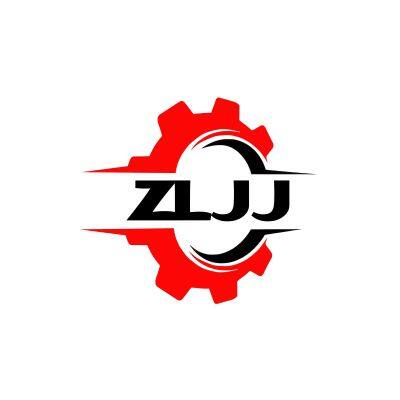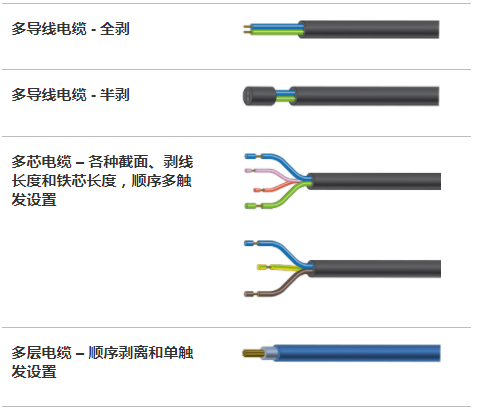
- Shenzhen Zhilian precision machine Technology Co., LTD
- Main products: FAKRA Harness Automation Equipment, HSD Wire Harness Automation Equipment, Ethernet Harness Automation Equipment, New energy harness automatic production line, Cable automation equipment, Wire harness post-processing equipment, Ethernet harness automation equipment, New energy high voltage line automation equipment, Double head coaxial stripping machine, Color sorting device, Double-sided soldering equipment, Double-sided glue spraying equipment
Home > Company News > Comparison and trend of wire harness machining quality standards
-
 Mr. Liang
Welcome to my shop, I'm glad to serve you. Please feel free to send me any questions you may have.
Mr. Liang
Welcome to my shop, I'm glad to serve you. Please feel free to send me any questions you may have.
Your message has exceeded the limit.
Company News

Tensile testing is discussed in all specifications and it is mandatory for all except IPC/WHMA-A-620. As specified in A-620, if crimp height is measured, repulling is not required to test. The A-620 also has samples used for tensile testing that cannot be used as finished products. The same is true of the variation between tensile test rate indicators. The pulling speed is the rate at which the wire and terminal are pulled apart. It can be important because different values can be achieved if the pull rate is not consistent. Typically, higher tensile test values can be achieved at higher pull speeds. UL and VW specifications do not rate, so manufacturers can take advantage of the fast methods available, as long as there is no sudden twitch on the sample. USCAR regulates speeds between 50-250 mm per minute, but 100 mm per minute is considered. SAE's AS7928 has a pull speed of 1 "per minute.
During tensile testing, most manufacturing companies do not take out insulation crimping. However, the insulation crimp required by Volkswagen, UL and USCAR specifications breaks through or fails. The Volkswagen specification provides higher tensile test values if the insulation crimp remains unchanged.
USCAR is challenging to adhere to, it is used to test the equipment is able to measure the value of the tolerance of ± 1%. The tolerance of tensile test equipment indicates the large tensile force relative to them. According to USCAR, the 24 AWG cable has a small pull of 40 N (8.8 lb). A tolerance of ± 1% of the measured value would be 0.4 Newtons (0.09 LBS). To qualify for USCAR you cannot use standard 110 lb (500 N) tensile test equipment unless it has a degree better than 0.09%. Most have 0.5% or large pull, which is far from 0.09% to 0.25% accuracy. In other words, in order to achieve a tolerance of 0.4 newtons for a 24 AWG wire test, the tensile tester can have 17.6 pounds (80 N) if the device has a large tensile force with 0.5% accuracy. If the device has a 0.25% accuracy. Will weigh 35.2 pounds (160 N). The small wire that can be tested in a 110-pound tensile tester according to USCAR is 12 AWG. Therefore, manufacturers of wire harnesses that comply with USCAR either need the precision that tension test equipment has, or they will need to wire multiple devices. Wires ranging from 10 AWG to 22 AWG will require 5 different tensile test devices.
Even by all these standards, 25% of all electrical failures in cars (and possibly other products as well) are due to bad crimp. In addition to simple errors made in the wiring harness manufacturing process, the terminal can go out of tolerance during the manufacturing process, and often companies need to use the terminal for excessive wire.
Below is an example of a terminal rated for a line range of 26 AWG to 20 AWG. The wire used is 26 AWG, crimped height and width by the manufacturer. The internal crimped clear air gap indicates that the terminal is too large for the wire.
USCAR recognizes that not all wires are the same. A 0.5 sq. mm wire to SAE specification (0.5
08 sq. mm small) is presented differently from 0.5 sq. mm to the ISO specification (0.4647 sq. mm small). Because of this problem, and because of the persistence of this problem with crimping quality, more and more companies, such as Volkswagen in Europe and China, are incorporating crimping cross sections into their production processes.
Microscopic systems, or crimp crosscutting equipment, are typically only seen there for tooling manufacturing, or in the LABS of large wiring harness suppliers. They include epoxy resin and acid etching fluid large sheet bits. The system usually costs more than 50,000 yuan, and the whole process is very time-consuming. On the other hand, this type of device is the way to get a clear image of the inside of the curl.
The new systems on the market are more suitable for use in the production process because the crimp analysis process is much faster because there are fewer steps. Most systems use an electrolytic coloring process instead of acid etching. Acid requires special training, gloves and eye protection as well as special procurement and waste disposal because acid is considered harmful. The solutions in the new system have a PH equal to the water so they are safer to use and no special procurement and waste disposal is required. After that, the new system is much cheaper. Therefore, getting a comprehensive analysis of the entire crimp is faster, easier, and cheaper.
Only USCAR and Volkswagen specifications discuss the use of microscopic systems. The USCAR specification identifies them as diagnostic tools for solving problems. Public specifications require that their use depend on wire size. More problems occur with smaller wire sizes, so the test frequency is higher. The following table shows the frequency requirements as specified in the VW specification.
(1) Measure the standard crimp width.
(2) or the non-measurable crimp amplitude can only be determined by a micrograph. The crimp amplitude can be measured
(3) Simply take a wide point at the end of the support Angle.
(4) and support height.
(5) is an indication of how centered the terminal is in crimp and how strong the crimp will be over time. The more vertical the Angle of the facing end gap is and the greater the height the stronger the crimp will be over time.
(6) is an indication if the terminals are correctly sized wires. If the end is too large, the end of the face can be touched or too close to the bottom of the curl.
(7) The distance between them is also an indication of how the centered terminal is in crimp. Burr height
(8) and burr width.
(9) Signs of wear on the anvil. After the base thickness.
(10) is an indication if the material is overly crimped. The general specification gives different values, indicating acceptable limit criteria.
